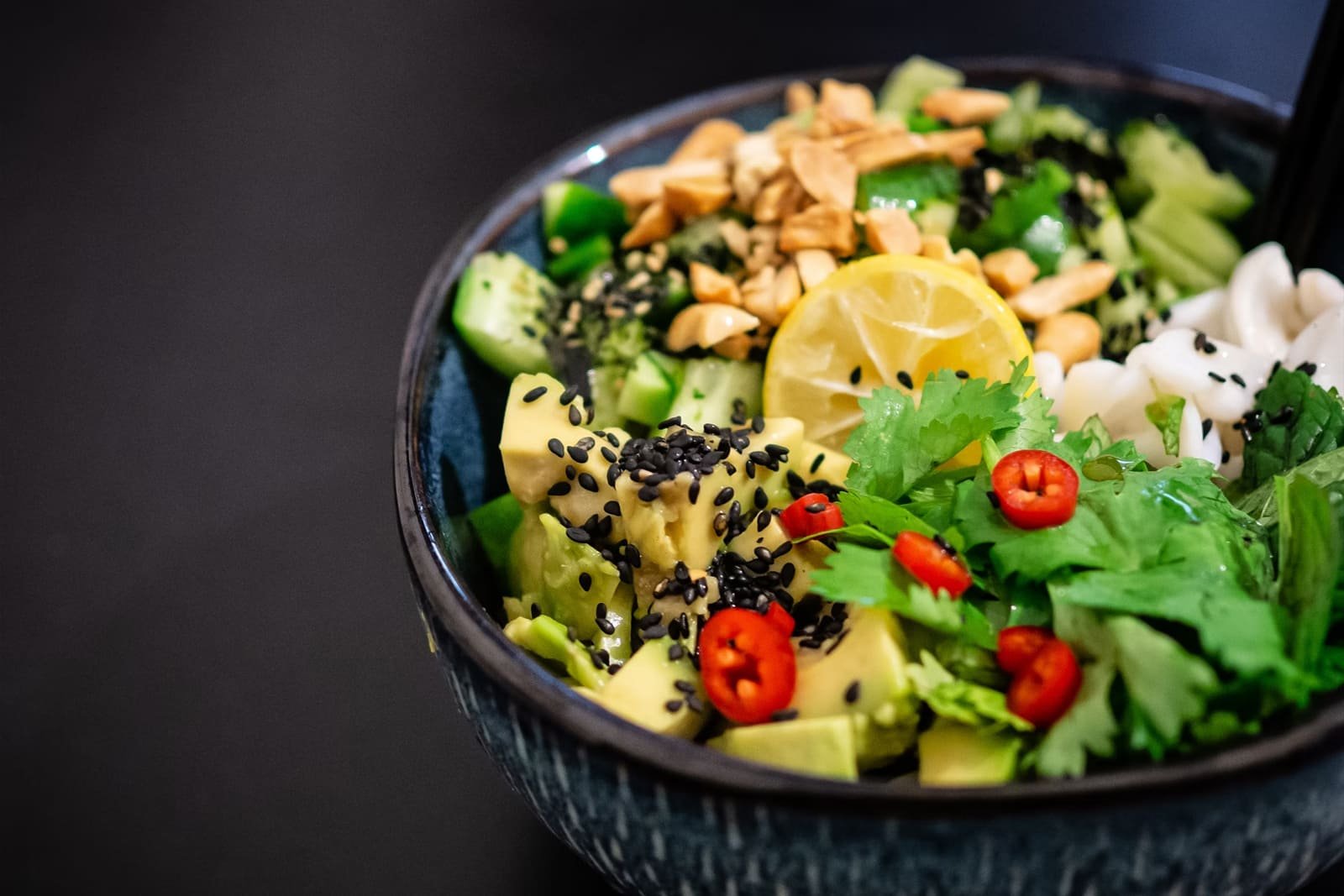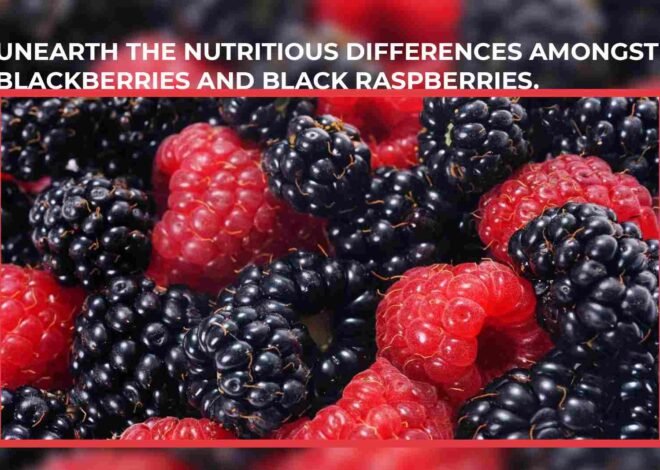
7 Day Meal Plan for Kidney Disease: Nourishing Your Health
Introduction
Taking care of your kidneys starts with what you eat! This article offers a 7-day meal plan specifically designed for people with kidney disease. It’s all about giving your body the nutrients it needs while keeping your kidneys happy.
Understanding Kidney-Friendly Nutrition
Before we discuss delicious recipes, let’s talk about the essentials of kidney-friendly eating. There are three main things to keep in mind:
- Less Salt: This means reducing sodium in your diet.
- Mind the Phosphorus: Limit foods high in phosphorus.
- Get Enough Protein: But not too much! Just the right amount is important.
Following these simple guidelines will help you support your kidney health through your diet.
The Role of Low Sodium in Kidney Health
For people with kidney disease, following a low-sodium diet is essential for maintaining good health. This is because sodium, also known as salt, can have a significant impact on the kidneys and their ability to function properly.
Understanding the Kidneys and Sodium:
- The kidneys are vital organs responsible for filtering waste products and excess fluid from the blood. They also play a big role in balancing electrolytes, including sodium, which helps regulate blood pressure and fluid volume in the body.
Why Low Sodium is Important for Kidney Health:
- When you consume too much sodium, it can cause your body to retain fluids. This extra fluid puts extra strain on the kidneys as they work harder to remove it from the bloodstream.
- In healthy individuals, the kidneys can effectively eliminate excess sodium and fluids. However, for people with kidney disease, this process becomes impaired.
- Chronic high sodium intake can lead to several complications in kidney patients, including:
- High blood pressure: This can further strain the kidneys and worsen kidney function.
- Increased fluid retention: This can lead to swelling in the legs, ankles, and feet, and even contribute to heart and lung problems.
- Faster progression of kidney disease: Over time, uncontrolled high sodium intake can accelerate the decline of kidney function.
Maintaining a Low-Sodium Diet for Kidney Health:
- If you have kidney disease, your doctor will likely recommend a specific sodium intake limit based on your individual health condition. This is typically much lower than the recommended daily intake for healthy adults.
- Here are some tips to help you follow a low-sodium diet:
- Limit processed foods: These are often loaded with sodium. Opt for fresh, whole foods instead.
- Read food labels carefully: Pay attention to the sodium content per serving and choose options lower in sodium.
- Cook more meals at home: This allows you to control the amount of salt added to your food.
- Use herbs and spices instead of salt to add flavor to your meals.
- Talk to your doctor or a registered dietitian for personalized guidance on creating a low-sodium meal plan that meets your needs and preferences.
Balancing Phosphorus Intake
Kidney-friendly meals aim to control phosphorus levels, as kidneys struggling to function may have difficulty excreting excess phosphorus. This can lead to weakened bones and other complications.
Importance of Adequate Protein
While limiting phosphorus, it’s essential to ensure an adequate intake of high-quality protein. This helps maintain muscle mass and supports overall health.
7 Day Meal Plan for Kidney Disease
Disclaimer: This is a sample meal plan and may not be suitable for everyone. It is crucial to consult with your doctor or a registered dietitian to create a personalized plan that meets your specific needs and preferences based on your stage of kidney disease and other health conditions.
| Day | Meal | Description |
| Day 1 | Breakfast: | Scrambled eggs with chopped spinach and mushrooms, whole-wheat toast with avocado slices. |
| Lunch: | Tuna salad sandwich on whole-wheat bread with lettuce and tomato, side salad with mixed greens, low-fat vinaigrette dressing. | |
| Dinner: | Baked salmon with roasted asparagus and brown rice. | |
| Snack: | Apple slices with almond butter, carrot sticks with hummus. | |
| Day 2 | Breakfast: | Oatmeal with berries and chopped walnuts, unsweetened almond milk. |
| Lunch: | Chicken breast stir-fry with broccoli, carrots, and bell peppers served over brown rice noodles. | |
| Dinner: | Vegetarian chili made with kidney beans, black beans, corn, tomatoes, and spices, served with a side salad. | |
| Snack: | Greek yogurt with mixed berries and a sprinkle of granola. | |
| Day 3 | Breakfast: | Whole-wheat pancakes with blueberries and a drizzle of maple syrup. |
| Lunch: | Turkey and vegetable wrap with whole-wheat tortilla, lettuce, tomato, and hummus. | |
| Dinner: | Baked cod with roasted Brussels sprouts and quinoa. | |
| Snack: | Pear slices with string cheese, handful of mixed nuts. | |
| Day 4 | Breakfast: | Smoothie made with low-potassium fruits (berries, apple), spinach, almond milk, and protein powder. |
| Lunch: | Lentil soup with whole-wheat bread, side salad with mixed greens. | |
| Dinner: | Chicken stir-fry with snow peas, mushrooms, and brown rice. | |
| Snack: | Cottage cheese with chopped pineapple and a sprinkle of cinnamon. | |
| Day 5 | Breakfast: | Whole-wheat toast with scrambled eggs and sauteed spinach. |
| Lunch: | Tuna salad with chopped celery and onion on a bed of lettuce, side of low-sodium crackers. | |
| Dinner: | Baked salmon with roasted sweet potato and green beans. | |
| Snack: | Greek yogurt with sliced banana and a sprinkle of chopped nuts. | |
| Day 6 | Breakfast: | Oatmeal with chopped nuts and a drizzle of honey. |
| Lunch: | Leftover chicken stir-fry from Day 4 with a side salad. | |
| Dinner: | Vegetarian chili from Day 2, served with a whole-wheat roll. | |
| Snack: | Apple slices with low-fat cheese. | |
| Day 7 | Breakfast: | Whole-wheat waffles with sliced strawberries and a dollop of low-fat whipped cream. |
| Lunch: | Turkey and vegetable soup with whole-wheat bread. | |
| Dinner: | Baked cod with roasted cauliflower and quinoa. | |
| Snack: | Pear slices with string cheese. |
Expert Tips for Success
Following yummy recipes is a great start to your 7-day meal plan, but there are other things to do to make it even better and keep it going. Here are some easy tips to help you get the most out of your meal plan:
Hydration Matters
Staying well-hydrated is crucial for kidney health. Opt for water and herbal teas, and limit sugary or caffeinated beverages.
Portion Control
Monitor portion sizes to avoid overloading your kidneys. Balanced meals in appropriate quantities support digestion and nutrient absorption.
Regular Monitoring
Work closely with your healthcare provider to monitor kidney function. Regular check-ups help track progress and make necessary adjustments to your meal plan.
Conclusion
- Eat healthy foods: Choose foods that are good for your kidneys, like fruits, vegetables, and lean protein.
- Drink plenty of water: This helps your kidneys work properly.
- Take it one step at a time: Don’t try to change everything at once. Start with small changes and build from there.
- Talk to your doctor: They can help you create a plan that’s right for you.
This is just a starting point, and you may need to make changes based on your specific needs. Talk to your doctor or a registered dietitian for personalized advice to get the best result.
7 Day Meal Plan for Kidney Disease: FAQs
Can I Include Dairy in My Meal Plan?
Yes, but opt for low-phosphorus alternatives like almond milk or yogurt.
Are Vegetarian Protein Sources Suitable?
Absolutely. Beans, lentils, and tofu are excellent plant-based protein options.
Is Coffee Permitted in a Kidney-Friendly Diet?
In moderation, coffee is generally acceptable. However, consult your healthcare provider for personalized advice.
How Can I Add Flavor Without Excess Sodium?
Herbs, spices, and lemon juice are flavorful alternatives to salt.
Can I Customize the Meal Plan Based on Personal Preferences?
Certainly. Tailor the plan to your taste preferences, but ensure it aligns with kidney-friendly guidelines.
Are Cheat Days Allowed?
Occasional treats are acceptable but consult your healthcare provider for guidance on frequency and choices.








